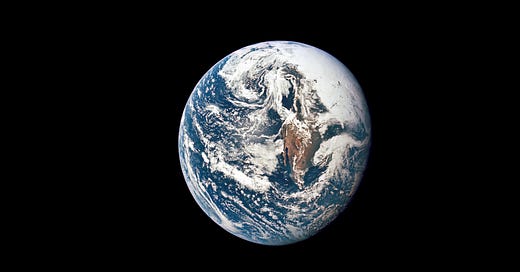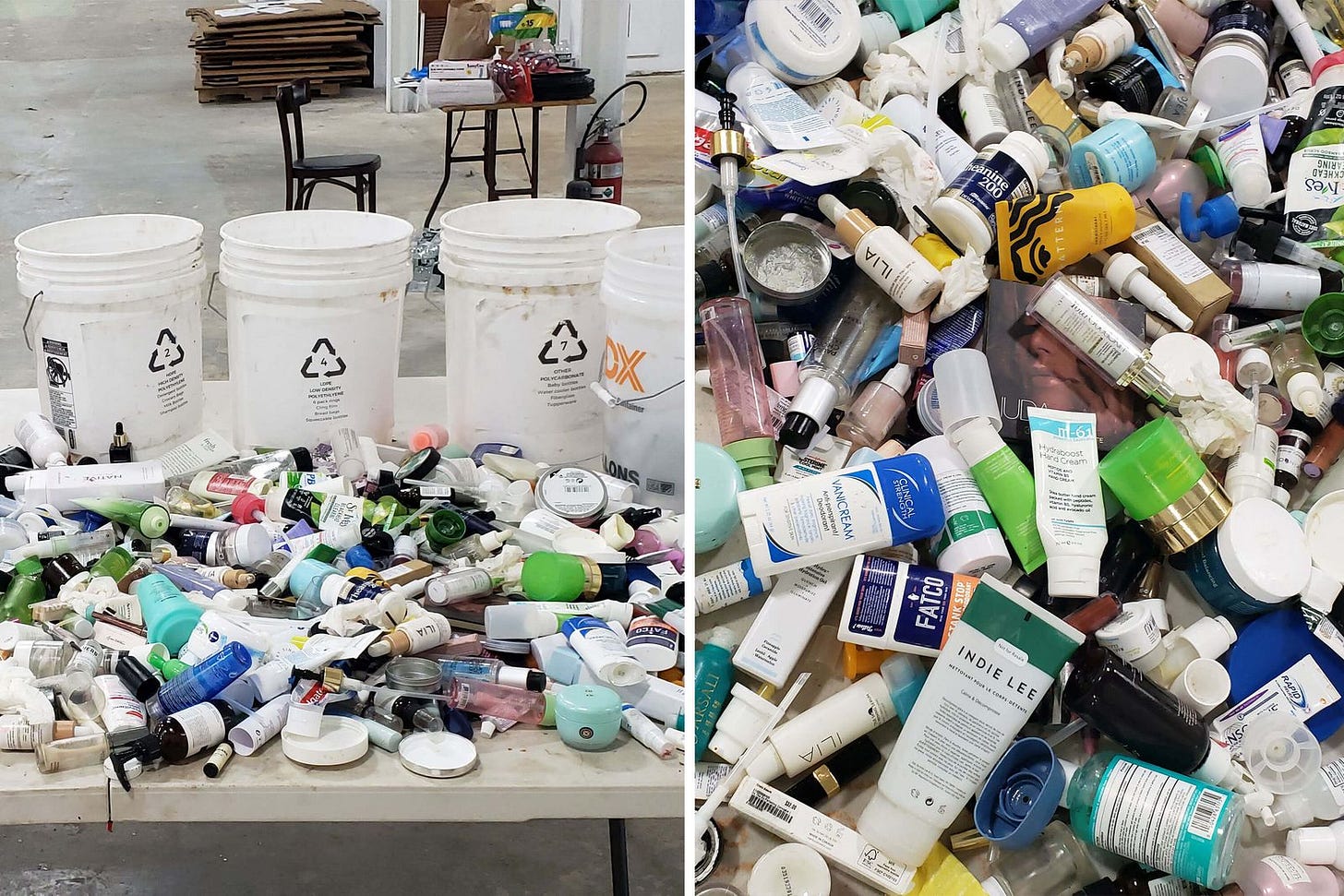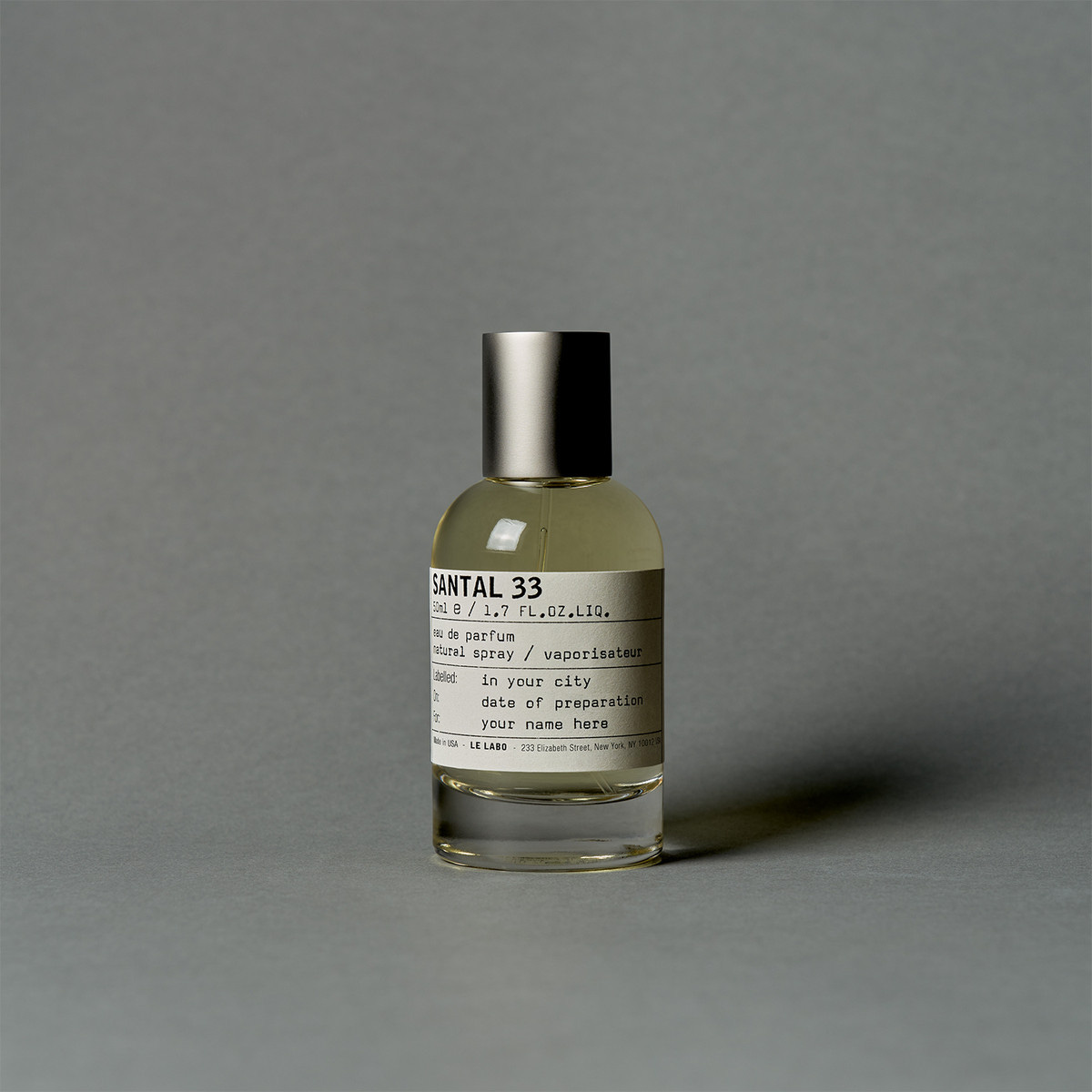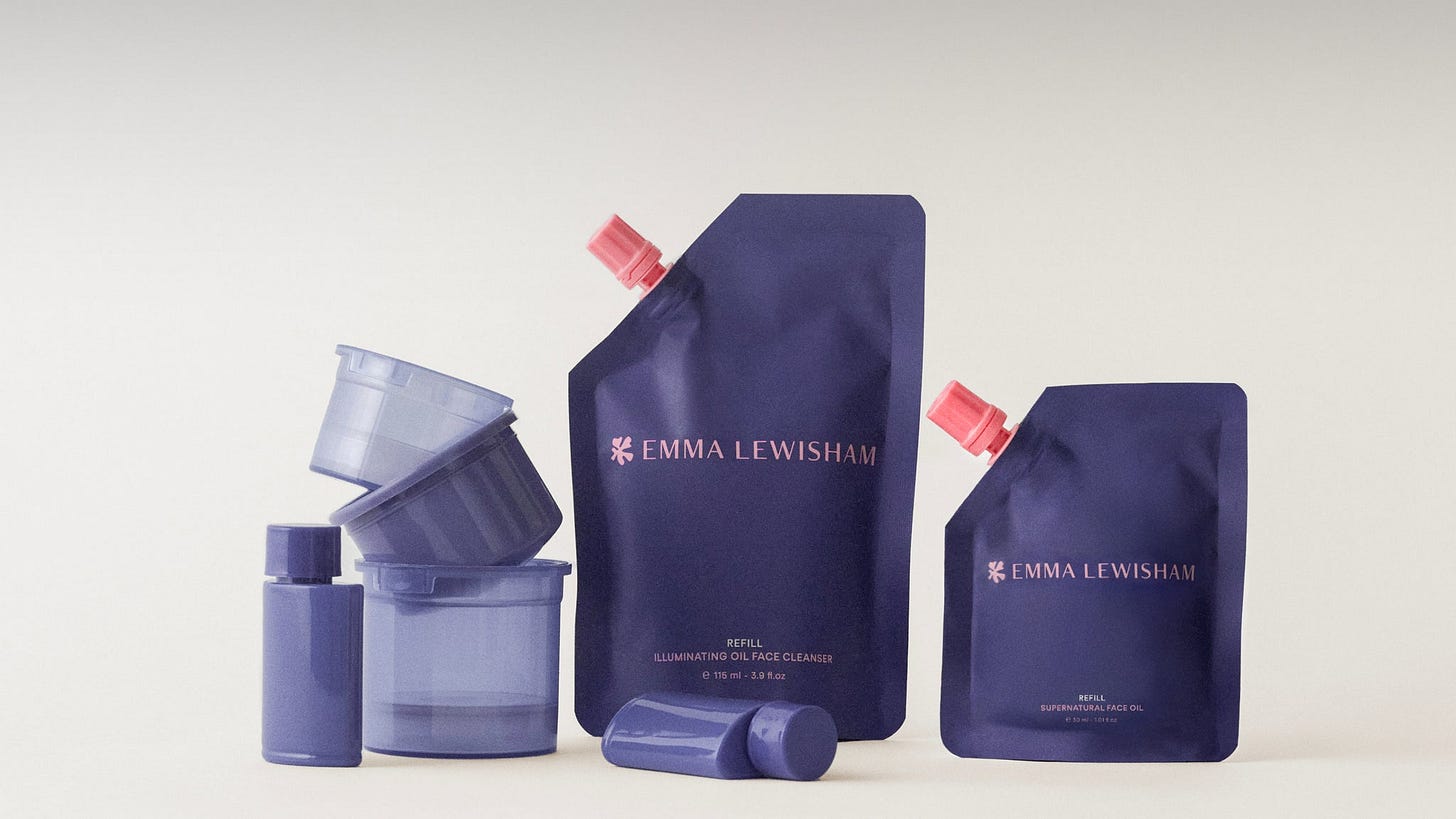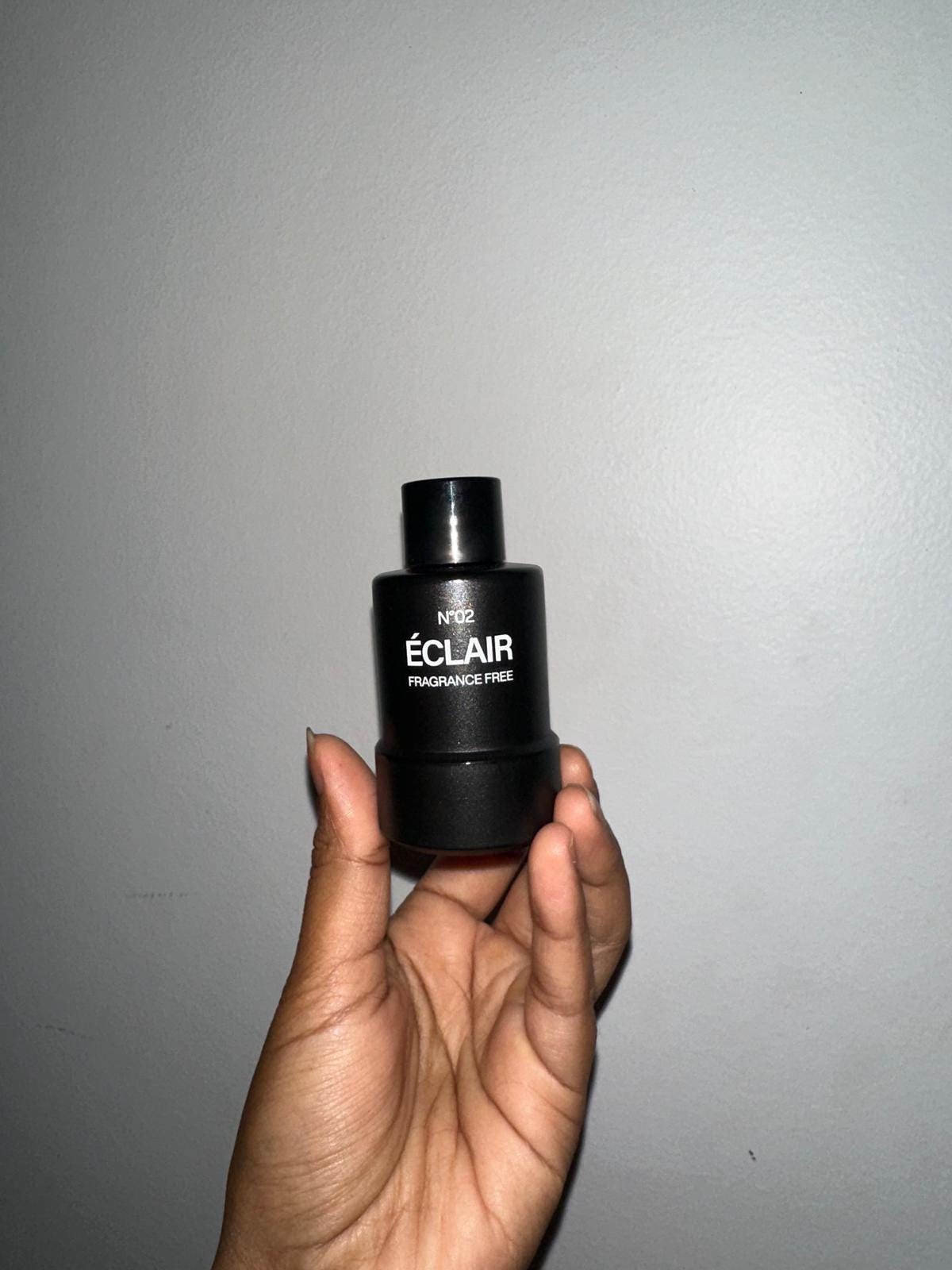I've had it with the scam that is sustainable beauty
Dissecting clean, natural, refillable and more
I’m deep in the trenches of building a beauty brand right now, and the pressure to be “sustainable” is exhausting. Not because I don’t care—trust me, I do—but because the whole conversation feels like a performance. And well brands, they’re milking it, and they’re not being transparent with you. ‘Conscious beauty’, ‘Clean’, ‘Non-toxic’. I see these words splashed across ads, websites, socials and they represent a wider industry lie.
Every brand slaps a♻️on their packaging, brags about “clean” ingredients (whatever that means?), and acts like they’ve single-handedly saved the planet (they haven’t). Meanwhile, I’m over here staring at spreadsheets, cost of goods, supply chains, realising that launching any brand is inherently unsustainable. Including mine.
And the worst part? Consumers disproportionately and conditionally care about sustainability in beauty. They expect flawless perfection from skincare & cosmetic brands but still can’t get their recycling right, brag about their Shein hauls and don’t question how the Himalayan Salt they’re so attached to adding to their meals was sourced. They’ll answer yes to consumer preference surveys on sustainability, rage-comment on brand Instagram’s about how wasteful they are, ‘is this clean?’ ‘is your packaging sustainable?’ they’ll ask, and swear they’ll only buy ‘eco-friendly’. But when it comes down to it? Price, convenience, product performance, aesthetics and how your brand makes them feel will win every damn time.
Let’s break down the “sustainable” claims I am sick of hearing:
1. Recyclable Packaging (This is actually ending up in landfill)
That little recycling symbol on your jar? Cute. Here’s the reality:
Only 14% of plastic waste is sent to recycling and only 9% gets recycled (British Beauty Council)
Glass is infinitely recyclable… but 40% still ends up in landfills because people can’t be bothered to rinse and sort. It’s also much heavier to ship which = more carbon emissions.
‘Biodegradable’ packaging? A little misleading as most of the time it’s more so ‘compostable’, still sits in landfill and takes years to breakdown, and even that is dependent on the soil conditions and biological activity within it.
2. Natural Ingredients(Greenwashing 101)
We’ve been sold this fairy tale that “natural” = better. Spoiler: It’s not.
Take “reef-safe” mineral sunscreen – the poster child of ‘clean’ beauty. We’ve been sold this fairytale that zinc oxide and titanium dioxide are the heroes: non-toxic, coral-friendly, Mother Earth-approved. Happy fish.
But dig deeper (literally), and you’ll find:
1 tonne of titanium dioxide requires mining 8 tonnes of ore, causes significant soil erosion, air pollution (from the byproduct sulphur and nitrogen dioxide), nanoparticles can cause fish death, affect water ecological systems through disrupting the pH, it goes on…
Zinc mining creates acidic runoff that pollutes waterways
Most mineral (inorganic- go figure) UV filters come from China – meaning intensely carbon-heavy shipping before they even hit your face
Suddenly that $40 “ocean-friendly” non-toxic sunscreen doesn’t feel so pure (even though many a self righteous influencer will harp on and on and on about how chemical sunscreens are sooooo…. toxic).
Sandalwood, that luxe fragrance staple? The trees are now endangered (including the Australian species) because we overharvested them. Only mature trees can be harvested for Santalol, the aromatic component, significantly impacting forest ecosystems and biodiversity.
Almond oil? One gallon of water per nut. But sure, slap “natural” on the label and call it a day and tell me how cheap and terrible silicones are for hydrating the skin.
Natural ingredients require a lot of energy to process raw materials into their usable components. They require extremecultivation, destruction of habitats, deforestation, which impacts global biodiversity and also, contributes climate change. Not so great for nature after all.
What upsets me about the alarming increase in the request for ‘natural’ is the fetishisation of it as superior to science and ‘man made’ ingredients. Synthetic is a word that has negative connotations despite often being incredibly efficacious, safe and sustainable. I feel that conversations around the reality of ingredient sourcing can make for a really interesting informative story.
For L’ORIENT, we use a mixture, and invest in biotechnology derived ingredients (plant stem cells, bio fermentation to extract more potent bioactive materials as examples of some manufacturing methods for our ingredients) which reduce ecological strain, energy use, and are genuinely better for the environment (more expensive than natural ingredients mind you).
3. Refillable Everything
Refills sound amazing—until you remember that humans are lazy. This is called the ‘ghost refill’ problem.
fewer than 24% of the roughly 79% of sustainably minded beauty consumers actually refill their products. This number is likely less of real world usage.
Every refill pouch still needs to be manufactured, shipped, and (let’s be real) eventually thrown away. They are often multilaminate making them difficult to recycle.
Don’t get me wrong, I’m not crapping on refillable. Our deodorant has been designed as a refillable system because deodorants are one of the biggest contributors to waste. When done right, they absolutely reduce greenhouse emissions and overall plastic usage and waste. But the key determinant here is proper usage. It is estimated that to reduce carbon emissions and waste through refill systems people need to be refilling 4-5 times. Are people doing that? No. And I am conscious of this even in creating a refillable product myself.
Very few brands (<2%) are tracking or reporting on consumers’ uptake of refillable options, and without enough robust data to back up the claims made around refillable products, we don’t know exactly if they have a lower environmental footprint’. - Becca Willcox, beauty ratings manager at Good On You.
4. Shipping is a carbon monster
That ‘carbon-neutral’ label? Often just an offset—a Band-Aid on a bullet wound. Shipping accounts for 3% of global emissions (more than aviation!), and while electric delivery vans sound great, they’re not scaling fast enough. Even DTC brands with ‘eco’ packaging still rely on diesel-guzzling trucks, ships and planes.
5. The B Corp Scam
Oh, and let’s talk about certifications. B Corp? Please.
You only need 80/200 points to get the badge (a solid C+).
Nestlé owns 4 B Corps. Let that sink in.
You can still pay minimum wage, ship in plastic, and call yourself “ethical.”
CASE STUDY- Emma Lewisham
I’m obsessed with Emma Lewisham. Even though I am not a natural skincare girlie. Not because she’s “perfect,” but because she’s actually trying. Here’s what her brand does right:
Real closed-loop system: They take back empty jars, sterilise them, and reuse them. No greenwashing—just actual recycling.
Carbon-positive shipping: They don’t just offset; they over-offset.
Zero-waste formulas: Every drop is designed to be used (no “dead space” in bottles).
But if I may even put Emma under the microscope for a moment, she can’t escape the hard truths:
Her sunscreens still rely on mined minerals.
Her products are expensive (because sustainability costs money).
Her products use a LOT of natural ingredients (sourcing and manufacturing methods are incredibly resource and environment intensive)
Her entire model depends on customers mailing back empties—and most people as the data shows, just… won’t.
So What Actually Works?
If sustainability isn’t enough to sell your brand, what is?
1. Lead with desire, not guilt
Patagonia sells adventure, not recycled polyester.
Glossier sold cool-girl, not “clean” makeup.
People buy what makes them feel good, not what makes them feel guilty. Brands and retailers need to stop with their exhaustive ‘made without’ lists as a marketing strategy and USP. They need to stop harping on about ‘natural’ and ‘toxic’ without considering the true implications to the environment of their products and entire ingredient supply chain.
2. Be honest about your flaws
Say: Our sunscreen may be better for coral and fish, but mining has impacts—here’s how we’re improving.
Perfection is boring. Progress is relatable.
3. Make sustainability easy
If your refill program requires 4 steps, it will fail.
If your “eco” packaging is ugly or inconvenient, no one will care.
Sustainability only works if it’s seamless.
The Bottom Line
Very few people wake up thinking, “I need to buy something sustainable today.” They wake up thinking, “I want to feel beautiful.” “I want to address xyz pain point”.
The future belongs to brands that bake sustainability into:
Irresistible products
Seamless experiences
Honest storytelling
if you’re a founder like me, our job? Make them feel seen, beautiful, invite them into a world—then blow their mind by being human, transparent and working towards more sustainable choices too.
Thoughts? Let me know in the comments.
(P.S. My brand’s coming soon. Will we be perfect? Hell no. But we’ll be honest—and that’s a start. Here’s a sneak peek of our refillable deodorant system.)
Yours imperfectly,
Dr P X


